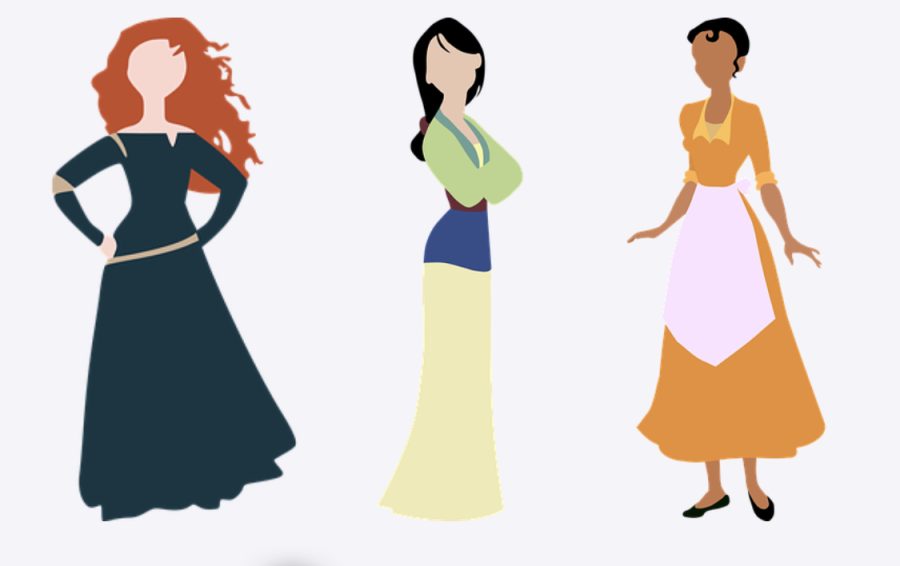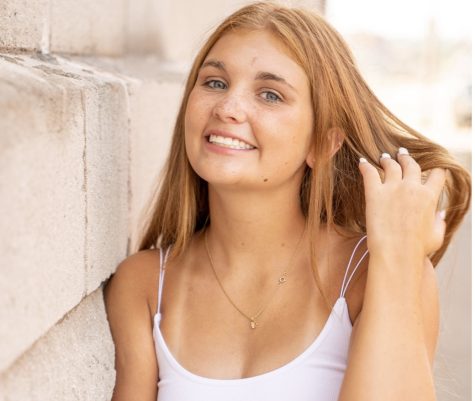Disney is a multi-billion dollar company and has long been popular among kids, adults and families around the world. As this company has grown, it seems as though the diversity in characters, traditions and cultures has remained the same. However, Disney has begun to release new films that illustrate various cultures.
Representation of minorities has rarely been executed without blatant racism, stereotypes and cultural appropriation throughout Disney films. The concept of diversifying the industry has unfortunately come with ignorance, along with misrepresentation of many cultures and customs. Many kids that find their customs and traditions represented in the media feel motivated to change the world. The films that inspire so many kids leave others questioning whether they want to be represented at all.
The influence Disney has on young kids can shape how they view the world around them. These movies hold life lessons regarding relationships, challenges and acceptance of cultural differences. The way this industry shows cultural representation in our society brings perceptions that can last a lifetime. As seen in “Aladdin,” the Arabian culture is portrayed as greedy, power-hungry and overall in a negative light. Many assume that one person represents the entire community, creating a stereotype that never leaves.
Senior Rebeca Guimarães de Oliveira has grown up watching Disney movies and has grown with them as they have changed throughout the years. “The newer Disney movies are more inclusive as they try to bring up different cultures and more diversity to the Disney world,” she explained. “The older Disney movies did not have a deeper meaning behind it, whereas the newer movies have a message and meaning to each.”
Walt Disney began his full-length career in film with “Snow White and the Seven Dwarfs,” and within the years to come, he would create 10 new films each with their own princess. It took over 20 years for audiences across the globe to notice the lack of diversity seen in films, and when they did Disney introduced “Aladdin,” “Pocahontas” and “Mulan” to the world. However, viewers quickly observed the appropriation of many cultures and the enforcement of many false stereotypes. Within these films the directors use white actors to represent other races and change the culture to fit into a certain plot line which leads to an unauthentic cultural film.
Children across the world are inspired by the protagonists shown in these films, but it makes it hard for minorities to see themselves represented when their experiences are so disparate from the characters they see on-screen. Growing up in a world where a culture is either misrepresented or not shown at all leaves younger generations with false information, or none at all.
“Kids who are surrounded by diverse cultures at impressionable ages can better appreciate and understand others’ cultural values,” senior Kavya Kalathur stated. “Younger generations can learn to become more inclusive members of society.”
Although Disney has expanded their cultural diversity through new films in the past few years, there are still underlying stereotypes that affect the way viewers perceive other cultures. In the 2016 movie, “Moana,” filmmakers depict the Polynasian culture with a soundtrack that holds traditional beats, actors with Polynasian descent and the display of the land itself.
Nevertheless, there are still cultural appropriations that set the movie apart from a fully inclusive film. Disney adjusted many of the cultural heroes in history to create a storyline. Dwanye Johnson voices Maui, a demigod, who is seen as an overweight, humorous character with dancing tattoos, but many see this as a stereotypical vision of Polynasian culture. The traditional idealizations of a historical figure were lost while Disney was too focused on the money aspect of the industry instead of the culture it was depicting.
In December 2021, Disney introduced the world to “Encanto,” a film referencing many periods of violence within Columbian history and a young girl trying to make her family proud. With over four years of hard work and research going into the production, this has become one of the company’s most culturally accurate films due to the architectural design, family research and help from Columbian Cultural Trust to ensure authenticity. The concepts and themes behind this movie help audiences to find themselves and make connections to each character.
Senior Molly Rawat sees herself in Mirabel Madrigal, the main character in “Encanto.” “Just as many others, I strive to live up to the expectations my parents have for me because they feel like they gave me the opportunity for a better life,” she shared. “My parents started brand-new, just like the grandmother in this film. I feel as though there is a pressure to give back to my parents for the life they gave me.”
The diversity throughout the film industry will not change overnight and it will not be perfect the first time, but companies such as Disney are working hard to bring more culture to it. The influence of kids to grow up seeing characters who look like them, represent them and practice similar values helps with self-confidence and the ability for others to appreciate other beliefs. It may seem as though the industry is taking small steps, but with each new step comes another positive change.









